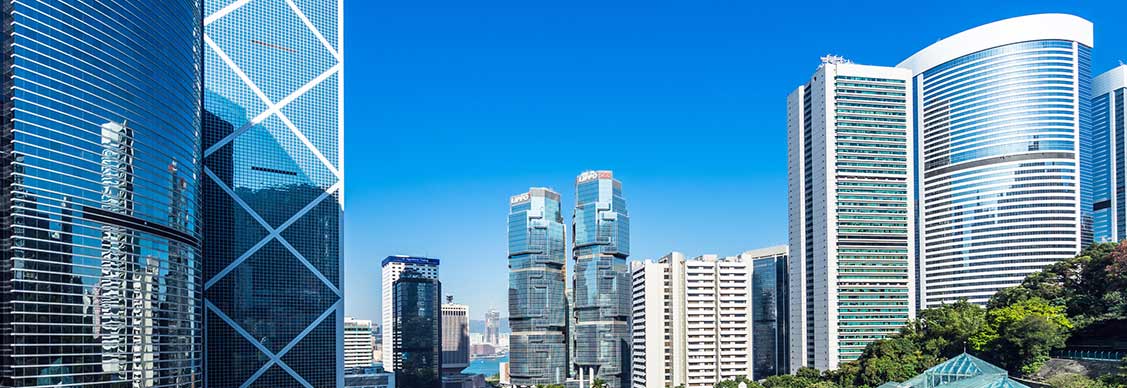Cities brace for shortage of net-zero carbon office stock
A new ranking reveals an undersupply of net zero-carbon-ready office stock in Asia Pacific amid changing occupier expectations
With corporate net-zero carbon (NZC) targets looming, top cities in Asia Pacific are bound to grapple with a growing challenge: the impending demand-supply gap for NZC-ready office space — or all-electric, highly rated, energy-efficient buildings powered by renewable energy.
Take Sydney, which is expected to face a 79% undersupply of NZC-ready office space in the next five years.
The city faces a supply shortfall of NZC workplaces despite taking top spot in JLL’s Sustainable Offices City Index, which ranks cities based on their green-certified Grade A office stock, as well as indicators such as climate risk and government proactiveness.
Hong Kong and Mumbai, which are placed in the bottom half of the index, are likewise expected to see a 68% and 62% supply deficit of top-quality sustainable workplaces respectively.
“Leasing office space in green-certified office buildings is becoming a non-negotiable for occupiers, but there is very little correlation between these certifications and a building’s energy performance,” says Kamya Miglani, Head of ESG Research, Asia Pacific, JLL.
“Even buildings with platinum grade green certifications may not be NZC-ready, partly because current regulations are not stringent enough to demand NZC-ready assets,” says Miglani.
As corporate expectations shift gear and demand for NZC-ready assets grows, the demand-supply gap is poised to widen across Asian cities.
Such buildings remain a rarity in the region, in part due to the availability of renewable energy in countries’ grids. For instance, Seoul, which ranks 10th on the index, trails behind other markets due to its low proportion of renewable energy in its electricity generation.
Retrofitting to net zero
Currently, none of the cities in Asia Pacific including Singapore and Melbourne, the two highest-ranked cities after Sydney, are equipped with an adequate supply of NZC-ready office spaces.
The same trend is playing out in other regions. Major U.S. markets face a similar supply deficit of 75%, or 57 million square feet, by 2030, JLL data shows.
“Demand for high-quality low-carbon workplaces will inevitably grow when lease expiries approach,” says Miglani. “Occupiers risk being stuck with limited options if they fail to plan ahead and reevaluate the sustainability credentials of their current premises.”
To address this issue, the region must accelerate the rate of retrofitting to meet future regulations and keep up with the growing demand.
“Redeveloping or upgrading assets to be NZC-ready will be the most efficient solution to bridge the supply-demand gap,” says Miglani.
“Investors and owners have to start with incremental upgrades now to gain a first-mover advantage, or risk a brown discount as climate-related regulations become more stringent,” she says.
The good news is that the retrofitting potential is substantial in Asia Pacific, with over half a billion square feet of Grade A office space in the region built before 2011, according to JLL.
The catalyst for a net-zero future
In some cities, governments have already been playing a crucial role in addressing the supply-demand gap for NZC-ready office spaces.
Some have implemented legislation while others have dished out incentives to bolster the pipeline of NZC-ready buildings through retrofitting initiatives.
In June this year, Australia formally incorporated an energy performance measure in its National Australian Built Environment Ratings System (NABERS) to reward electrification of buildings and the procurement of renewable energy for building operations.
Similarly, Singapore’s government last year provided subsidies to building owners to lower upfront capital costs for energy efficiency retrofits, depending on the level of energy standards attained.
In the absence of sufficient NZC-ready buildings, proactive government support will determine how quickly cities can achieve their net-zero built environment goals.
“Only a handful of office buildings in Asia Pacific matches the criteria of a zero-carbon building today,” says Miglani. “The involvement of governments, coupled with corporate demand and action, will fuel the momentum and ensure a steady pipeline of NZC-ready office stock in the future.”
